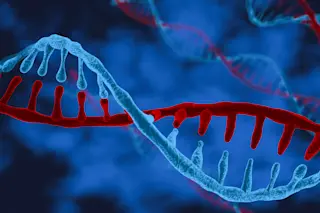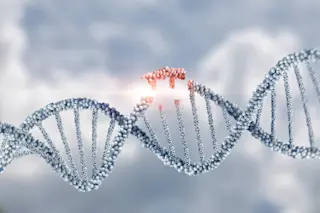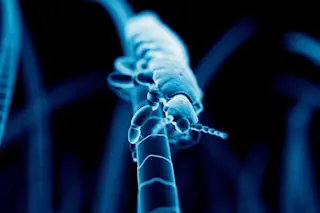A job well begun is half done, according to Aristotle. The Human Genome Project, which announced its final release in 2003, was certainly a solid start in surveying our hereditary instructions — and well over half finished. Researchers mapped 92 percent of a sample human genome, representing nearly 3 billion base pairs. It established a blueprint for nearly 20 years of research by allowing other teams to highlight variations in genomes between humans. This work has since expanded to other animals, along with plants and even microbes.
While researchers were limited by the era’s technology, the massive team of nearly 3,000 people managed to map the euchromatic regions of DNA, which are relatively gene-rich and loose sections of chromosomes. These were easier and (theoretically) more valuable to map compared to the heterochromatic regions, which were beyond their grasp.
That is, until now. A recent grassroots effort led by scientists at ...














